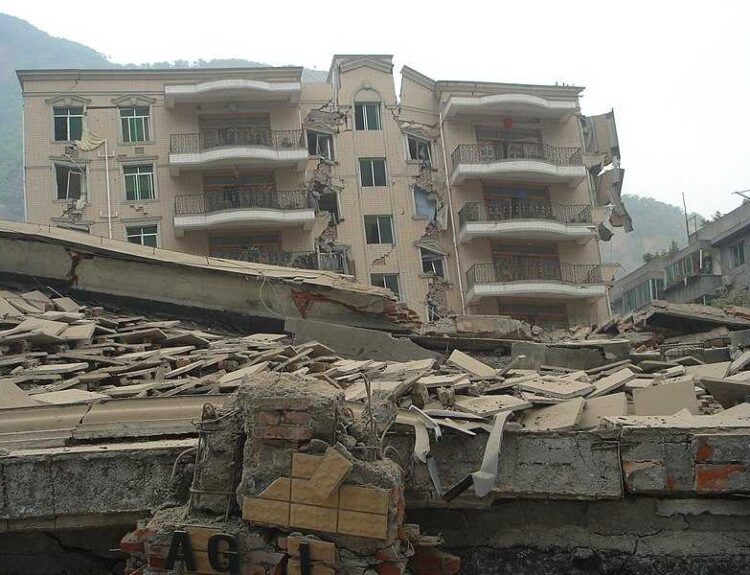A strategic move to secure essential resources for defense and energy independence
- Kamala Harris emphasizes the importance of critical minerals like nickel and cobalt for U.S. defense and electric vehicles.
- The proposed stockpile aims to reduce reliance on Chinese supply chains and bolster U.S. mining efforts.
- A bipartisan group of senators is pushing for a $750 million pilot program to explore financial tools for domestic miners.
- The U.S. has a history of stockpiling minerals for national security, dating back to World War II.
- Environmental concerns and lengthy permitting processes hinder domestic mining development.
In a recent discussion about her economic policies, Vice President Kamala Harris highlighted the significance of critical minerals, such as nickel and cobalt, which are vital for defense technology and electric vehicles. She proposed that the U.S. should increase its production and processing of these minerals to reduce dependence on Chinese supply chains. This initiative includes the creation of a U.S. stockpile for critical minerals, a concept that has gained traction among lawmakers from both parties. nnThe stockpile would build on previous investments made by the Trump and Biden administrations to revitalize the U.S. mining sector and establish renewable energy supply chains that are less influenced by China. The Pentagon has already invested hundreds of millions into mining companies and projects, while the State Department is actively engaging with friendly governments and companies to explore mining opportunities globally. nnHowever, the U.S. faces challenges due to China’s established business relationships with major producers and its extensive refining capabilities for metals like copper, lithium, and nickel. Western miners have expressed concerns that China’s market flooding leads to price volatility, making it difficult for U.S. projects to compete. nnFor instance, a cobalt mine in Idaho, which was set to begin production after three decades, had to suspend operations due to a sudden price drop. Harris’s plan, while lacking specific details, suggests that a stockpile could serve multiple purposes: providing reserves during extreme export restrictions from China or allowing U.S. producers to sell their materials at favorable prices during market downturns. nnExperts argue that stockpiles are crucial, especially as China has shown a willingness to restrict exports of essential materials like graphite and germanium. A stockpiling system that includes financial instruments could help domestic miners manage market fluctuations, which currently deter investment in the sector. nnThe idea of stockpiling minerals for national security isn’t new; it dates back to World War II. The U.S. government has previously built reserves to counter threats, such as Soviet expansionism. Although many Cold War-era supplies have been sold off, the Defense Logistics Agency still maintains significant reserves of materials like chromium and zinc. nnRecent bipartisan efforts in Congress have led to proposals for a $750 million pilot program to explore financial strategies that could protect domestic companies from price shocks. Additionally, the House Select Committee on the Chinese Communist Party is working on legislation to establish a national reserve for critical minerals. nnDespite these initiatives, experts caution that a national stockpile alone won’t solve the underlying issues of U.S. dependence on Chinese mineral supplies. They emphasize the need for more domestic mining, which has been slow due to environmental regulations and lengthy permitting processes. Harris has acknowledged the need for reforms in this area, as the timeline to bring a mine online can take up to 15 years. nnWhile a stockpile could act as a safety net, it is not a comprehensive solution to the challenges posed by China’s dominance in critical mineral markets. Industry leaders are hopeful that Harris’s focus on these materials will lead to clearer pathways for domestic mining and increased global investment in this crucial sector.·
Factuality Level: 7
Factuality Justification: The article provides a detailed overview of Vice President Kamala Harris’s proposed economic policies regarding critical minerals, including relevant historical context and current legislative efforts. However, it contains some speculative elements and lacks specific details about the proposed stockpile plan, which could lead to ambiguity. Overall, it presents factual information but could benefit from clearer definitions and less reliance on opinions.·
Noise Level: 7
Noise Justification: The article provides a detailed analysis of Kamala Harris’s proposed economic policies regarding critical minerals, including historical context and potential implications. It discusses the challenges posed by Chinese dominance in the market and the need for a U.S. stockpile, while also mentioning the complexities of domestic mining. However, it lacks some actionable insights and could benefit from more scientific rigor and data to support its claims.·
Private Companies: Employ America
Key People: Kamala Harris (Vice President), Gracelin Baskaran (Director for the Critical Minerals Security Program at the Center for Strategic and International Studies), Arnab Datta (Managing Director at Employ America), Abigail Hunter (Executive Director of the Center for Critical Minerals Strategy at SAFE)
Financial Relevance: Yes
Financial Markets Impacted: The proposed stockpile for critical minerals could stabilize prices and support U.S. mining companies, impacting the markets for nickel, cobalt, and other critical minerals.
Financial Rating Justification: The article discusses economic policies related to critical minerals, which are essential for various industries, including defense and electric vehicles. The proposed initiatives could influence market dynamics and investment in the mining sector.·
Presence Of Extreme Event: No
Nature Of Extreme Event: No
Impact Rating Of The Extreme Event: No
Extreme Rating Justification: The article discusses economic policies related to critical minerals and does not mention any extreme event that occurred in the last 48 hours.·
Deal Size: 750000000
Move Size: No market move size mentioned.
Sector: All
Direction: Up
Magnitude: Medium
Affected Instruments: Stocks, Commodities
 www.wsj.com
www.wsj.com 





